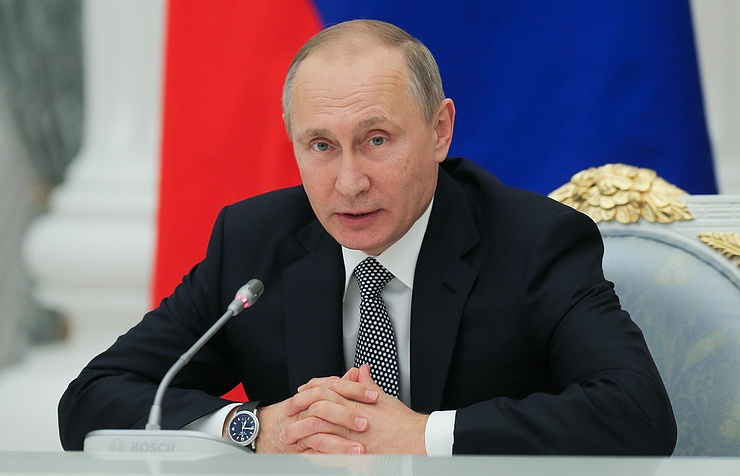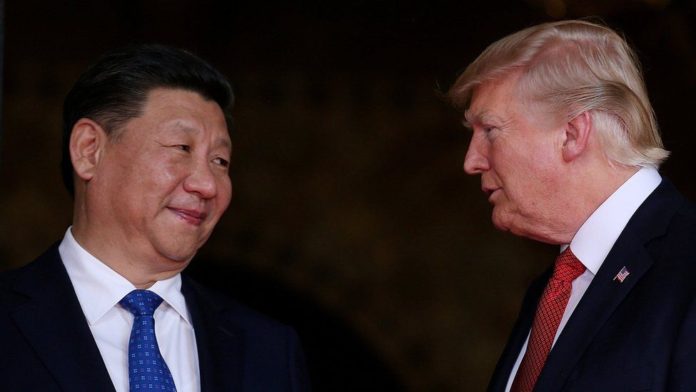Context
For all intents and purposes US is entering the third stage of its military engagement in Afghanistan. The first one was right after 9/11 when President Bush launched an attack against the perpetrators and their supporters, Al Qaeda and Afghan Taliban respectively. The second phase was represented by the tenure of Barrack Obama, while the third stage is reflected by the arrival of Donald Trump to the helm.
As President Trump’s review of the Afghan strategy nears completion, the suspense continues on what may be the way forward. As has happened in the past with regards to many recent deliberations, including related to Iraq, the political pundits are narrowing the debate to a few simple options. And because of this, the alternatives appear to be limited. It is very similar to when President Obama ordered his review of the Afghan strategy – and the generals presented him with few options. He had to go around, to diversify the choices on the table.
Leaders often have to be creative to broaden the alternatives available, to not get boxed in, and to augment sophistication and flexibility in their decision-making.
Options
The present options seem to include:
– The troop levels in Afghanistan, and more importantly, their mission. Linked with this question is preparedness of the Afghan Security Forces and the weapons they need to take on the challenge head on. For example, the lack of air support has emerged as one of the key limitations.
– The role of Pakistan to bring about reconciliation in Afghanistan and at the same time exert military pressure against Afghan Taliban. Associated with this challenge is whether to utilize carrot or stick towards the country – where allegedly the safe havens for the dreaded Haqqani Network still persist.
– Should Afghan policy be linked to Pakistan and India dynamics? As happened early on during the Obama presidency, there was an attempt to make this link, but under pressure from the Indian lobby the strategy was left with the acronym of Af-Pak.
Absent from public debate is the realization of how complex the geopolitical and geo-economic reality has become. The global campaign against extremism and the transition in the global balance of power have become intertwined. As PoliTact had forecasted, the dynamics of the Middle East has now caught up with that of Afghanistan, Pakistan, and India. Moreover, China and Russia are both involved in the Afghan Great Game and it is critical to look at Afghanistan from the eyes of China and Russia too. In other words, the American South Asia policy will have to be understood in relation to how China and Russia view the region based on their interests.
For example, Russian involvement in Syria is not just to fight extremists, but more importantly to protect an Arab Spring inflicted ally whose government provides military facilities for the Russians. In essence, Syria occupies a key place for Russian power projection in the region and beyond.

What Does Afghanistan Mean for China, Russia?
The significance of Afghanistan for Russia has increased gradually especially after the West imposed sanctions on Russia due to the events of Crimea and Ukraine. Russians have felt that while it was cooperating with the West on a number of global concerns, and in relation to extremism, NATO was not reciprocating. Additionally, NATO did desist from its expansion activities in the Russian Near Abroad.
In the Middle East too, the Russians had been slowly losing ground and it no longer enjoyed the kind of influence it once had under the Soviet Union. The removal of Saddam Hussein and Qaddafi further reinforced Russian sensitivities. In case of Libya, China and Russia shared the position that NATO went beyond its stated objective, and that foreign powers should not interfere in the affairs of sovereign states. This was one reason that Syria became such a test case for Russia, forcing it to intervene military and come to the defense of its ally.
Timing was another factor. As the EU went through an economic recession, Putin watched keenly and exploited the vulnerabilities – especially in the energy sector. Russia has also been working on building closer ties with France and Germany. Moreover, Putin saw that after heavy military involvement in Afghanistan and Iraq, the US was stretched and exhausted. However, when NATO started to re-exert in Syria and Europe under Obama, the Russians slowly started to get more involved in Afghanistan and to nurture this leverage as part of a grand plan. This was occurring when Russia and China were also working with US on the Iran nuclear deal.
Nonetheless, Russian initially established contacts with the Afghan Taliban. Moreover, they started to develop better economic and defense ties with Pakistan, despite opposition from its Cold War ally, India. More recently, reports have emerged that Russia has also started to arm the Afghan Taliban. Then the Russians launched its own peace initiative for Afghanistan, which has had several meetings – the Russian’s consider Afghan Taliban to be the bulwark against the spreading influence of Daesh in the region.
Thus there has be a transformation of views regarding Afghan Taliban when it comes to Iran and Russia, especially because of the emerging threat of Daesh. Iran in particular is worried about Afghanistan front because of its heavy involvement in Syria and Iraq against Daesh.
Meanwhile, China has launched its One Belt One Road (OBOR) economic initiative, and one of its tributaries is the CPEC project. The success of the economic corridor is heavily dependent on the security situation of Pakistan and Afghanistan. Moreover, China has its own concerns regarding extremism from the region impacting its Muslim population. Gwadar port provides China an alternative sea access in case the Strait of Malacca was blocked and there are rumors regarding militarization of this port at some point in the future.

American South Asia Policy
When it comes to Pakistan’s security concerns vis-à-vis India the US has traditionally taken a balanced approach. However, this began to change during the era of Bill Clinton when foundational steps for building strategic ties with India were laid. This policy has continued over Democratic and Republican administrations and now is reaching maturity. Under President Trump, the trajectory is likely to continue.
The dilemma for US policy has continued. Pakistan has and offers to cooperate in the Campaign against Extremism when it comes to those groups that carry global ambitions – but it is quite sensitive to protecting its interests when it comes to India. US has used the political, economic, and military leverages at its disposal to change Pakistan’s behavior in this regard, but those have had limited efficacy.
In the evolving balance of power of the region, China and Russia have moved closer to Pakistan, which otherwise was a close US partner. On the other hand, Russia’s Cold War ally, India, has moved heavily towards the US. Afghanistan itself is building its ties with both China and Russia but the regime’s heavy dependence on Western support for survival would not allow it to cross a certain limit.
In this context, American détente with Russia has become a necessity, not a desire. The US appears willing to show flexibility over Syria, however Trumps romance with Putin has deeply worried the European powers. Ultimately, if the romance succeeds, what would it mean for Afghanistan and Pakistan and will the Russians show flexibility in this theater? One thing is for sure though, it will be a bad omen for Russian and China bonhomie, BRICS, and SCO.




